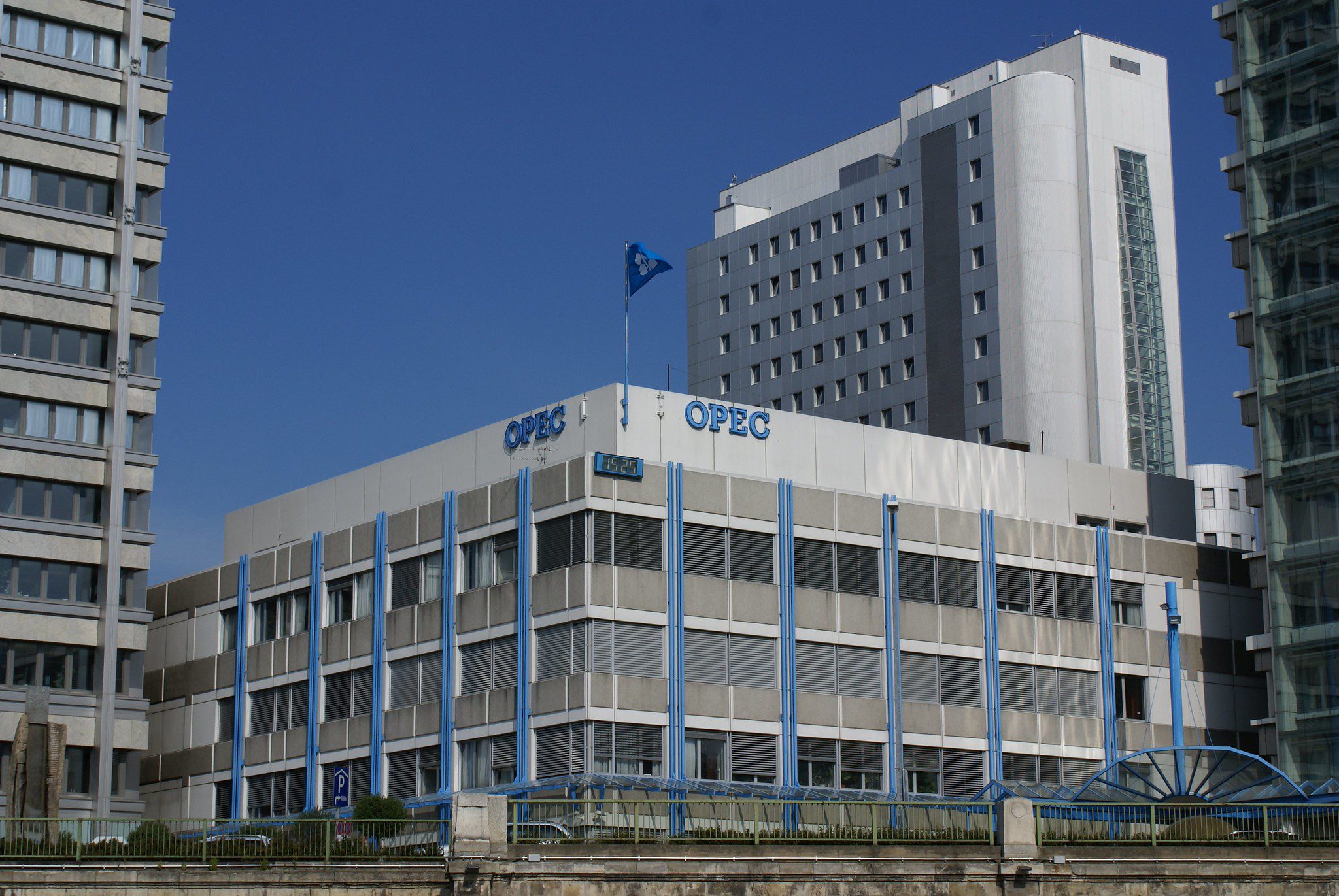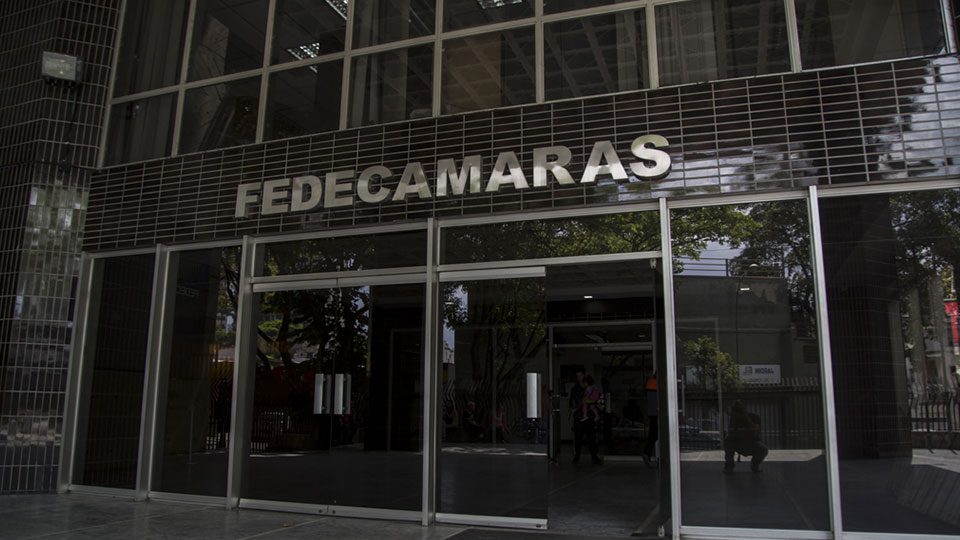Guacamaya, November 4, 2025. Venezuela’s oil exports declined by 26% to 808,000 barrels per day in October, according to Reuters. This would be due to the country’s inventories declining and as it imported smaller volumes of diluents to produce exportable crude grades.
Exports in September had reached a high since February 2020 of almost 1.1 million bpd, largely thanks to growing production and robust imports of light crude and naphtha earlier in the year which were stockpiled. They are needed to dilute extra heavy crude, mostly found in the Orinoco Oil Belt.
Reuters publishes its estimates using data from PDVSA’s loading schedules, tanker tracking data, and LSEG.
Around 80% of total exports were shipped to China directly or indirectly, amounting to 663,000 bpd. The U.S. received 128,000 bpd entirely shipped by Chevron. A final 11,000 bpd of refined products was sent to Cuba, a political ally of Caracas.
Shipments are still being distributed in the same proportions since the Trump administration cancelled all sanctions waivers for U.S., European, and Indian companies, and then introduced a new license for Chevron in late July.
The new framework only allows the U.S. oil giant to export half of what it did under the previous authorisation, as it must make payments to the Venezuelan state and PDVSA, including taxes and royalties, in kind.
Venezuela also exported 195,000 metric tons of oil byproducts and petrochemicals, many of which are not sanctioned, and sold to markets like Europe and India.
Unlike oil production, which is more stable from month to month, exports are more volatile and can vary by over 20% in either direction.
From the Venezuela Business Briefing: New Russia sanctions could affect Venezuelan exports
You can subscribe to the Venezuela Business Briefing, our weekly intelligence newsletter, here.
The U.S. has sanctioned Rosneft and Lukoil, Russia’s top oil producers, in an effort to force Vladimir Putin into negotiations. Almost simultaneously, the European Union said it will be banning Russian liquefied natural gas (LNG) a year earlier than expected, from 2027; while adding 45 companies to the ghost fleet blacklist.
Regarding Venezuela’s oil exports, there are two aspects to consider. On one hand, Chinese state-owned majors and various Indian firms have stopped purchases of Russian crude—the two are by far the top importers. This means, however, that there will be an oversupply in the market where PDVSA sells: that of “teapot refineries.” On the other, India could start pushing for waivers to regain access to Venezuela.
As for Europe, locking Russian gas away earlier than usual might result in a renewed push to try to develop Venezuelan gas. Having said that, under the current framework the only projects that make sense economically are the ones where gas is exported via Trinidad, which already has the infrastructure to transform the resource into exportable LNG. Venezuela has neither the installations nor the market framework for gas to be sold overseas.







